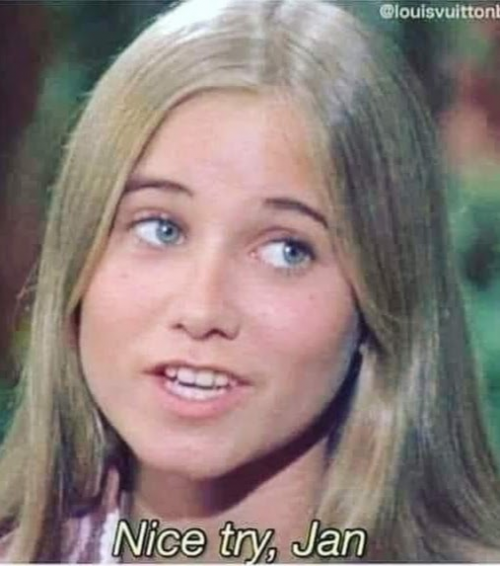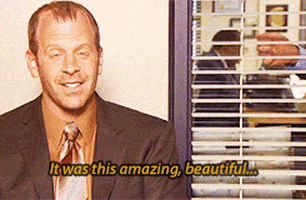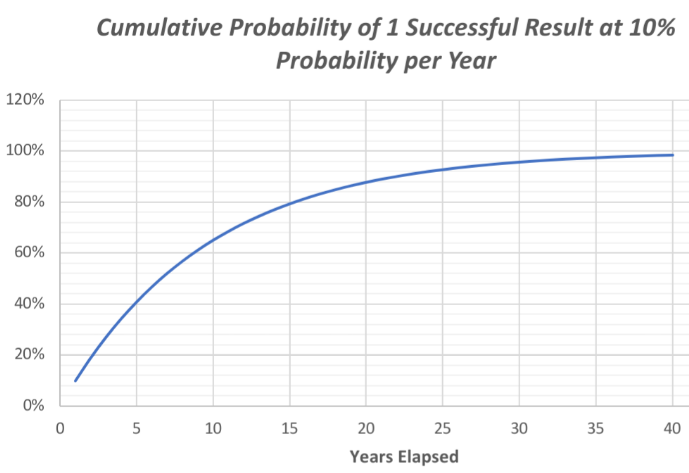Mighty Mouse
Active member
- Joined
- Feb 16, 2022
- Messages
- 114
Colorado implemented preference points before I was born, so I don't know how the system was originally "marketed" to hunters; if claims were made of "guaranteed" tags, then yes, that was misleading. The only guarantee in a preference point system is that higher point holders are given preference over lower point holders.This is inaccurate. Maybe not with "the system", but by the way the system is marketed to applicants. The idea of a random/bonus point/ etc system is that you have a chance every year to draw a tag, the points weight the odds to reward loyalty.
Preference point systems are marketed as, you forgo any chance at drawing a tag until some point where you have a guaranteed chance, the problem is if you never have a chance. Preference points systems are great if you get in early, because you guarantee your tag by forcing everyone else to forgo any chance at a tag for decades.
Regardless of how the system was originally marketed, no one now or in any recent timeframe has any good excuse for believing that preference points will guarantee them a tag. All the data needed to make a reasonable prediction about when you will draw a tag is readily available (speaking of Colorado in particular, I'm not as familiar with other preference point states' data availability). Points needed to draw in the most recent year is a known quantity and creep rate can estimated from previous draw reports, which allows you to estimate when you should be able to draw any given tag. Being unhappy with the estimated years required doesn't mean the system is broken or somehow unfair.
The goal of a point system should be to facilitate a more predictable and equitable distribution of tags than a random lottery. Both systems are equally "fair" in that everyone is playing by the same rules, but a random draw does allow for a wider, more disparate range of outcomes than point-based systems. A preference point system enforces an orderly and (to a degree) predictable distribution. Bonus point and hybrid systems fall somewhere in between.
I wouldn't be upset because I wouldn't start chasing a tag that I never had a chance at in the first place. All the data needed to estimate realistic chances of drawing a particular tag is readily available. I do apply for some premium tags in other states, just not in Colorado where I know I have zero chance (due to my chosen strategy). I wish those other states also had preference point systems.My point is that you like preference points because it works, for you, because you are one of those less than 5 year applicants.
If you started chasing a premium unit you'd be pissed as you realized you never actually had a chance... kinda by design.







